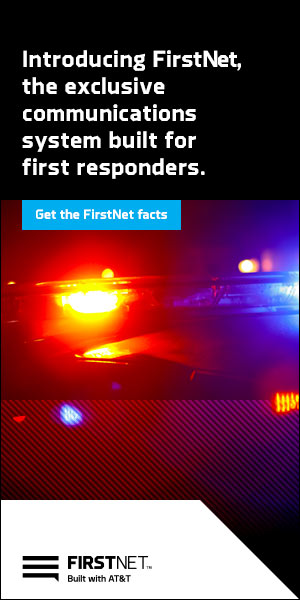Read Full Article | View Source
Kristin K. Brooks

Speed bumps. I don’t know about you, but when I hear that word, I automatically get annoyed. Speed bumps are those annoying little things that always appear to slow me down. I know that speed bumps are placed where they are for good reasons—to slow the speed of cars in a residential area, for example—but it doesn’t mean I have to like them.
In the communication center, I sometimes feel like I am driving down a highway of speed bumps. I feel like I am on top of my game when a speed bump appears and slows me down.
There are even different kinds of speed bumps. I remember as a little girl riding my bicycle over speed bumps that made me bounce. These were the tall and skinny ones. I was impatient with my dad driving over these inconvenient spots in the roadway. Couldn’t he go around them? In my grandmother’s neighborhood, speed bumps are the vehicle’s full length. They are called speed tables. The speed bump is so wide that you laugh—how is this supposed to slow me down? I never slow down and end up looking like an episode of “The Dukes of Hazzard” with my vehicle flying through the air and landing nose first on the other side.
Then there are speed bumps that sneak up on me. I saw the warning sign but got distracted and don’t hit the brakes fast enough, and I end up bracing for impact. In the aftermath, I tell myself not to let that happen again. There are also speed bumps in the communication center. They are inconvenient incidents that happen in intervals that slow us down. No one really likes a speed bump, but once you hit one, you stop and consider why the speed bump is there. Speed bumps in the communication center can help us slow down, step back, and regroup.
The tall, skinny ones are incidents or problems that sort of come and go. Nothing too damaging, but a situation that stirs everyone to take a step back and regroup. Take, for example, when the CAD gives similar street names to pick from and you unknowingly pick the wrong address. First responders go to the wrong address, the caller wonders when help will arrive, and the dispatcher is frustrated over the preventable mistake. The incident is not life-threatening [although it could be], but it reminds everyone about what could happen in a more serious event.
The speed table incidents are the ones that no one wants to go through. The media are a prime example. Sometimes they camp out near the department as a constant reminder of a mishap. They play up the event and the not always accurate facts run throughout the day on the communication center TV. These situations unhinge or unravel the comfort zone. These incidents can force some emergency dispatchers to question their passion. Is it worth holding on tight and going through the storm?
The speed bumps that come with warning signs that are ignored or forgotten are incidents that you truly never saw coming, although the signs were all there. The death of a co-worker brings sadness. If the person was ill, the warning signs were probably there, but everyone ignored them because it’s easier than accepting reality. The department regroups from the incident and tries to move forward.
Speed bumps in the comm. center are inevitable. These inconvenient incidents remind us why we chose this profession. It is easy to get complacent, and we shouldn’t. We need to develop ways to approach these speed bumps. We should look at them as learning experiences so that in the future we remember to double-check an address, remember that we know what happened during an event, and remember not to take co-workers for granted. Together, we can learn to go over these speed bumps with grace.


